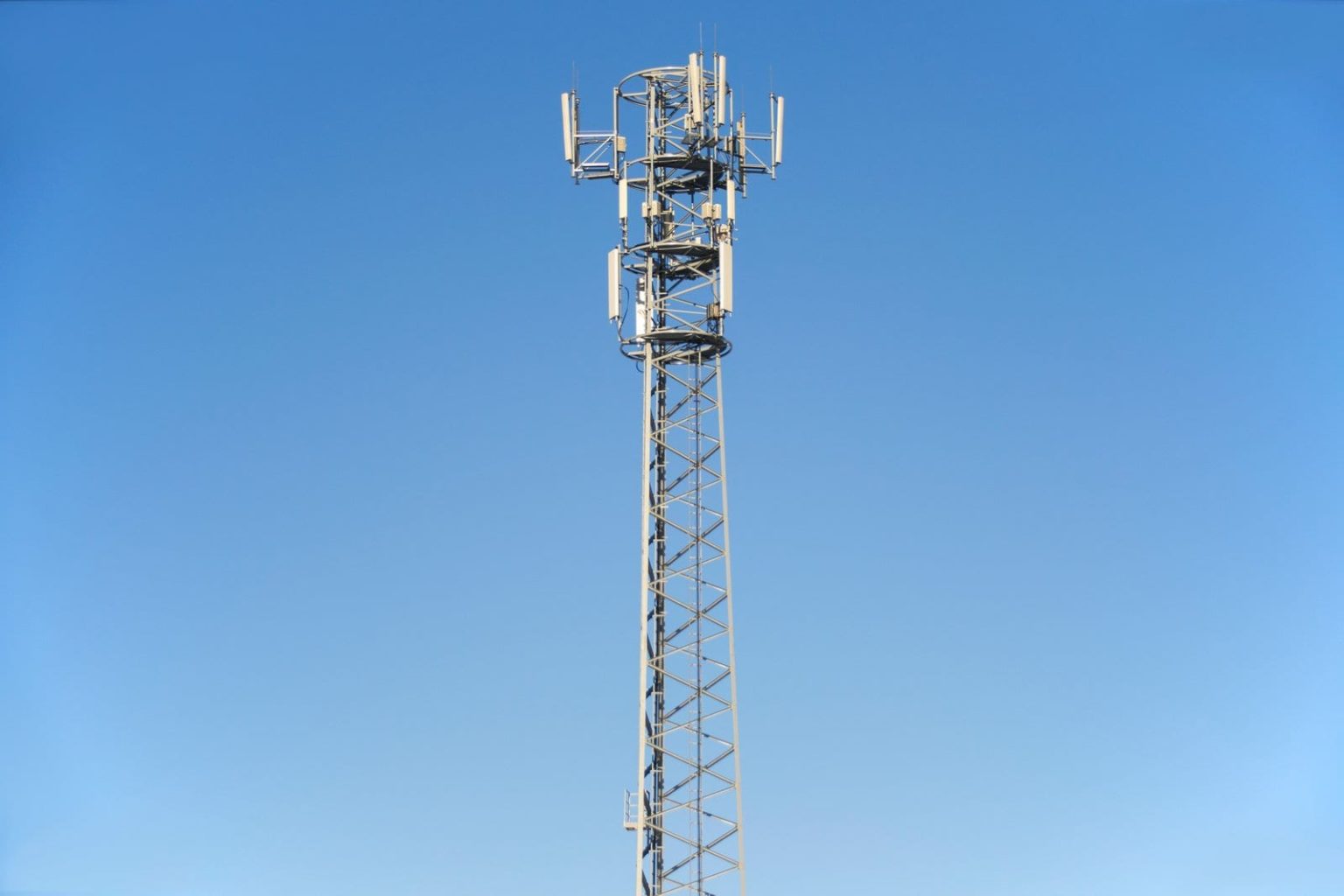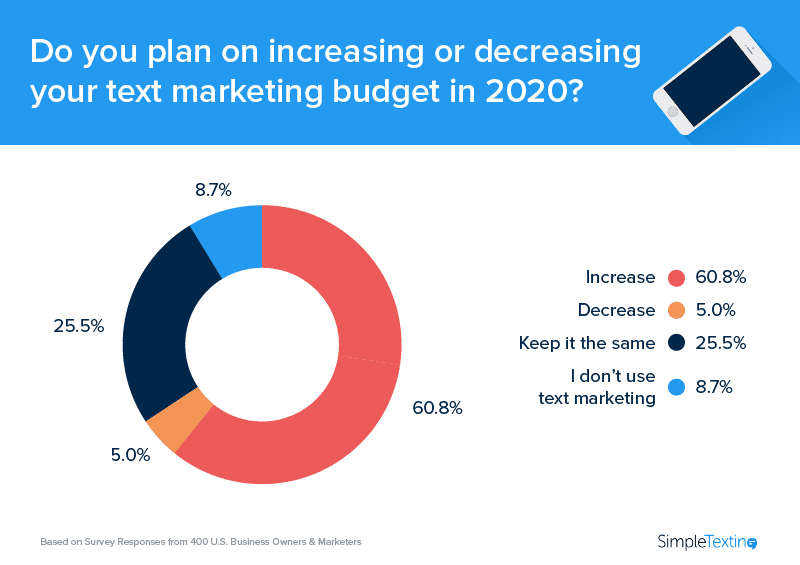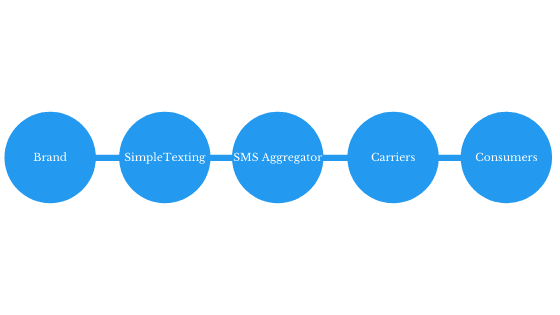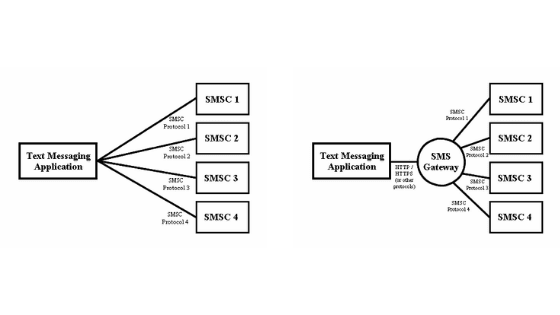What Is an SMS Aggregator?
What is an SMS aggregator and what role do they play in enabling businesses to text their customers? Get the answers here.

What is an SMS aggregator and what role do they play in enabling businesses to text their customers? Get the answers here.

Texting is a communication channel on the rise. Unlike other mobile marketing tactics that have faded in and out of popularity, SMS continues to provide its worth.
It explains why, in our 2020 SMS marketing report, we found that 61% of businesses and marketers surveyed are increasing their text marketing budgets, and 41% have seen an increase in their consumer opt-in rates over the past year.

As more businesses decide to text their customers, questions arise about how messaging services like SimpleTexting work.
An essential part of the puzzle is SMS aggregators.
SMS aggregators are the link between carrier networks, such as T-Mobile and AT&T, and text messaging software providers–such as SimpleTexting.
An SMS aggregator sits between our software and all of the wireless carriers to ensure carrier compliance. Without them, we would need to work directly with every single carrier–there’s over 125 in the US–and try and make sense of all their specific requirements.
So, if you want to send text messages to your customers using SimpleTexting, we don’t send the message to every single different wireless carrier, we use an SMS aggregator to do it for us.
We send your SMS messages to an aggregator, and the aggregator figures out the appropriate wireless carrier, and then forwards it to them for delivery. All of this happens in an instant.

SMS aggregators face a similar headache to carriers. It’s too time-consuming to deal with hundreds of thousands of messages from different brands all the time.
So, to work with an SMS aggregator, you need to commit to messaging volumes per month that most companies can’t hit themselves. You also need to build an entire SMS platform capable of sending and receiving messages.
Even multinational organizations with the requisite volume decide that the headache of dealing with aggregators–as well as developing and maintaining sophisticated software–is not worth it.
So, an SMS software provider like SimpleTexting works with thousands of businesses, providing a feature-rich SMS service and dealing with an SMS aggregator–which is a complicated and time-consuming process.
Here’s another way to think of it. Let’s say you want to build a house on an empty plot of land.
An SMS aggregator is like Home Depot. You can get the raw supplies to build a house there, but you don’t have a house yet.
You have no desire, time, or experience to start building your house from scratch, so you employ a firm to provide you all the necessary services, i.e., builder, architect, civil engineer, and so on.
In this analogy, we’re the all-in-one home-building service. We obtain the raw materials and diverse expertise necessary and put it all together, enabling businesses to send texts at an affordable price with minimal effort.
2016 was the last year the Common Short Code Administration (CSCA) published a list of Tier-1 and Tier-2 SMS carriers in the United States. That means the process of evaluating an aggregator now requires taking a closer look at the services they provide along with their direct connections.
Tier-1 SMS carriers are aggregators that have director connections to the top five carrier networks in the US (Verizon, AT&T, T-Mobile, Sprint, and US Cellular). These aggregators support both SMS and MMS.
Tier-2 aggregators offer direct connections to at least three of the five major U.S. carriers and provide support for SMS only.
The short answer is yes. It’s a more technical term that comes from the path an SMS message takes.
When you send a text, it first goes to a nearby cellular tower over a pathway called the control channel, and then into an SMS center (SMSC). The SMSC resends that message to the tower closest to the recipient, and then it goes to their phone.
These SMSCs are responsible for handling the communication protocols of wireless carriers. (A communication protocol is a system of rules that allow two or more entities of a communications system to transmit information.)
The problem is that each major wireless carrier has its own SMSC and uses its own communication protocols.
Text message platforms like SimpleTexting need to connect to the SMSCs of the wireless carriers to send and receive text messages. This is where SMS gateways come in. Instead of supporting multiple different SMSC protocols, we use an SMS gateway.

So, another term for SMS aggregators is SMS gateway software providers. As we already mentioned, they have multiple agreements with cellular providers to send and receive text messages through these networks’ SMS centers.
If you have more questions about the world of SMS marketing, we recommend you check out the following resources:
If you’d prefer to ask one of our friendly texting experts, we’re available 7 days a week. Text or call us at (866) 450-4185 or use the chat at the bottom of your screen. Alternatively, schedule a demo or sign up for a 14-day free trial, no credit card required.
Drew Wilkinson is the Head of Marketing at SimpleTexting. Drew has more than a decade of experience managing successful integrated marketing programs to build brands, raise awareness, and generate demand.
More Posts from Drew WilkinsonAn SMS, MMS, or text message gateway is a system that makes it easy for mobile networks and SMS applications to communicate.
ReadAbbreviations, acronyms and slang are common place in SMS messages, even those sent out by businesses. Use this quick guide to decide when and how to use SMS abbreviations.
ReadStart a text marketing campaign or have a 1-on-1 conversation today. It's risk free. Sign up for a free 14-day trial today to see SimpleTexting in action.
No credit card required